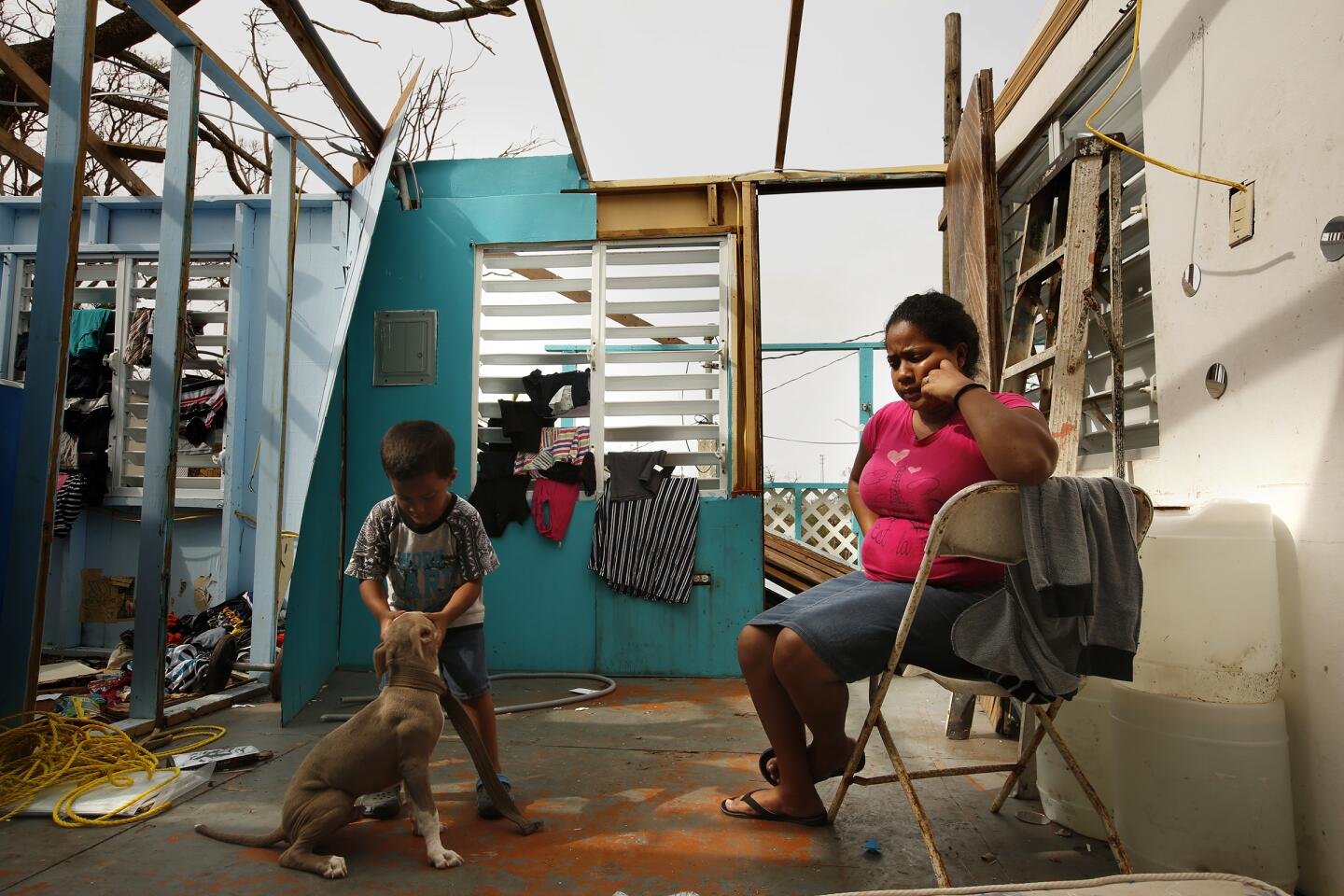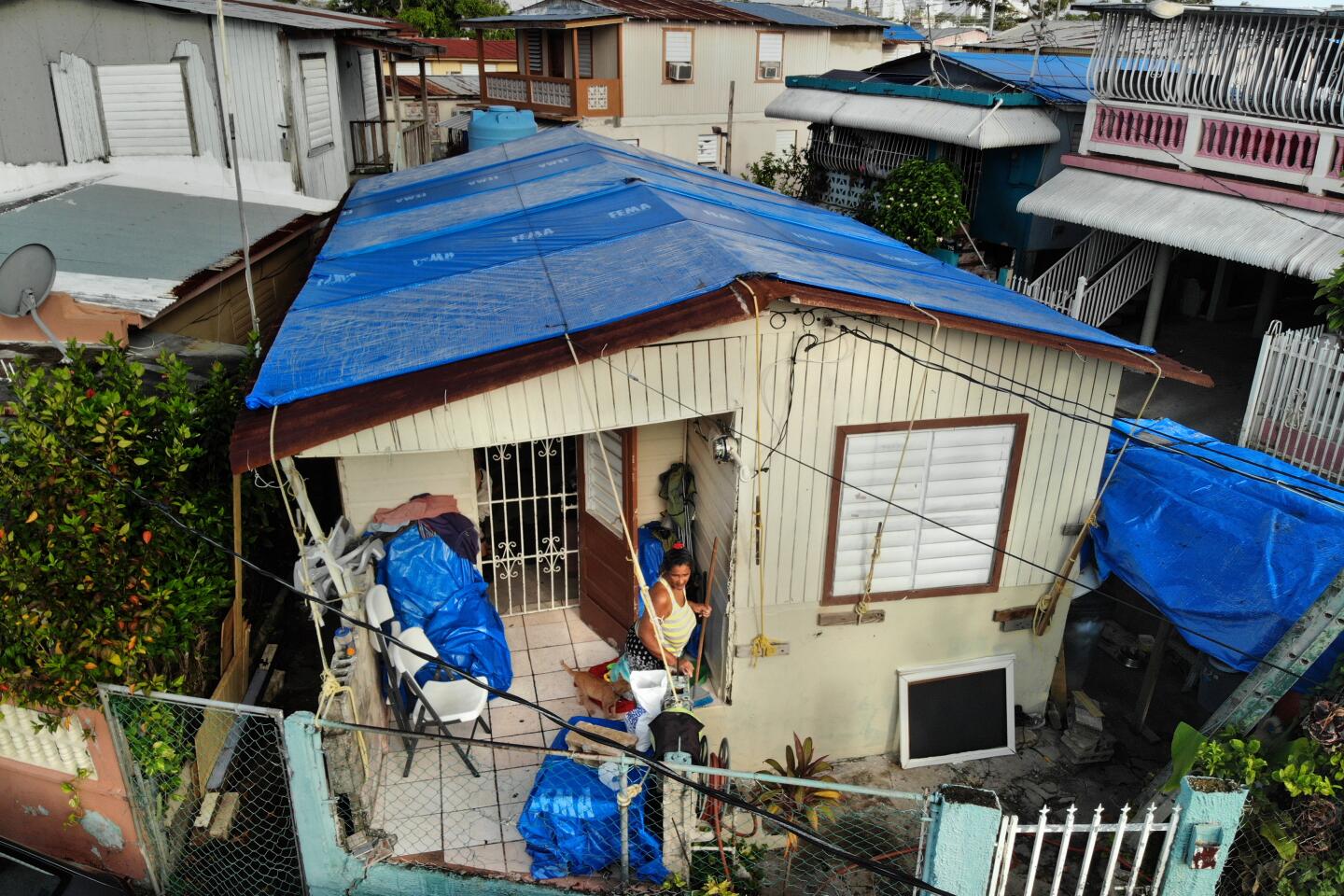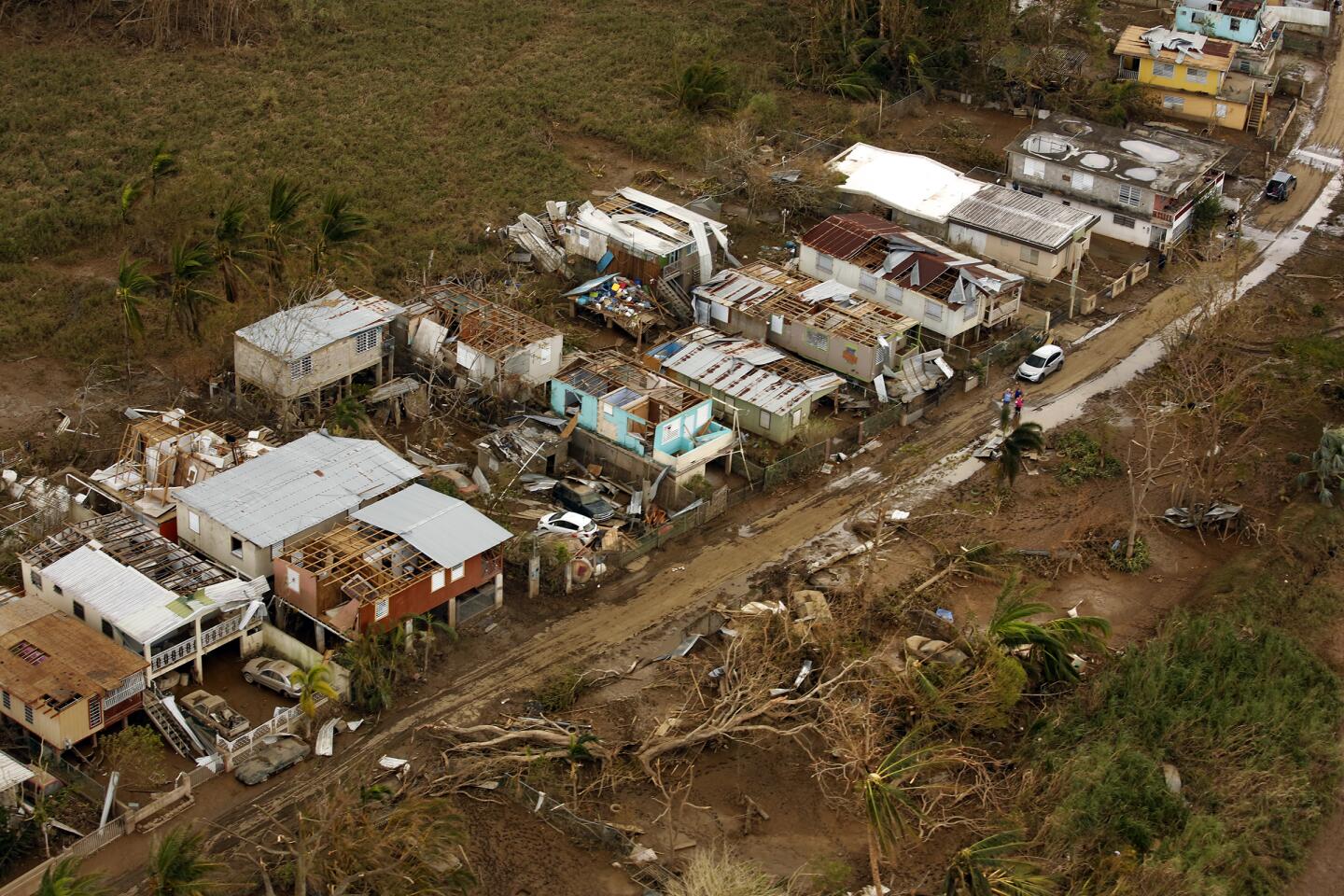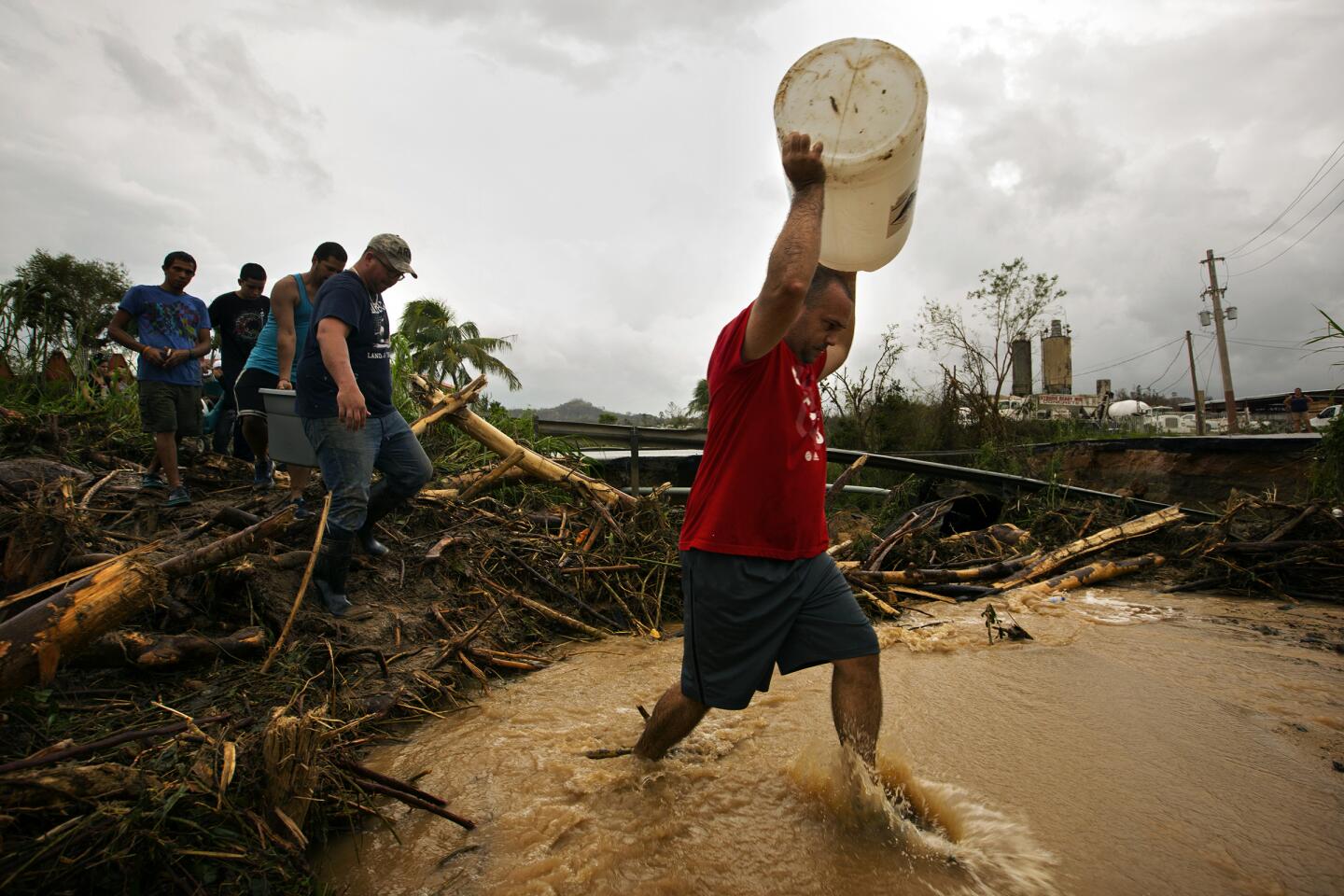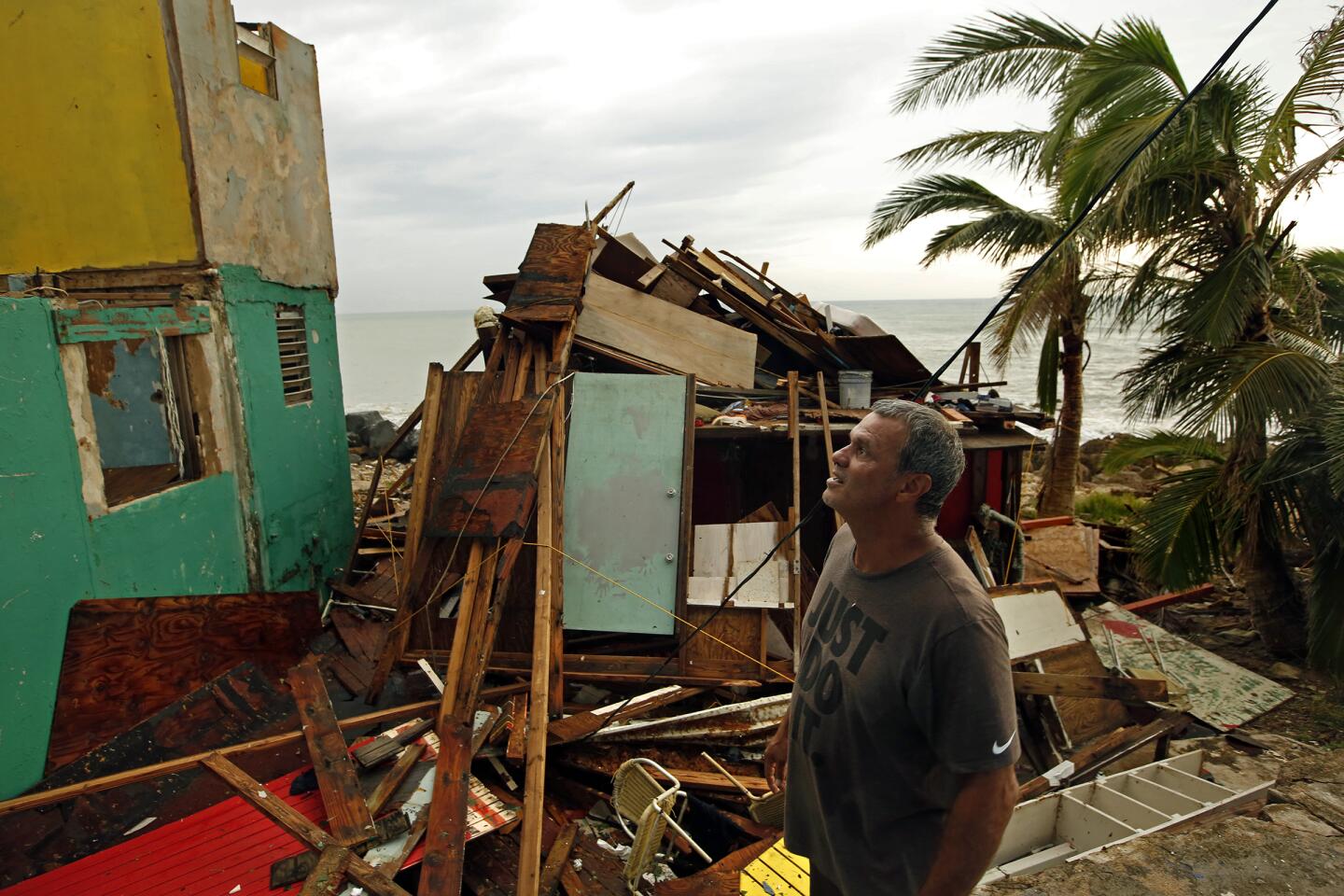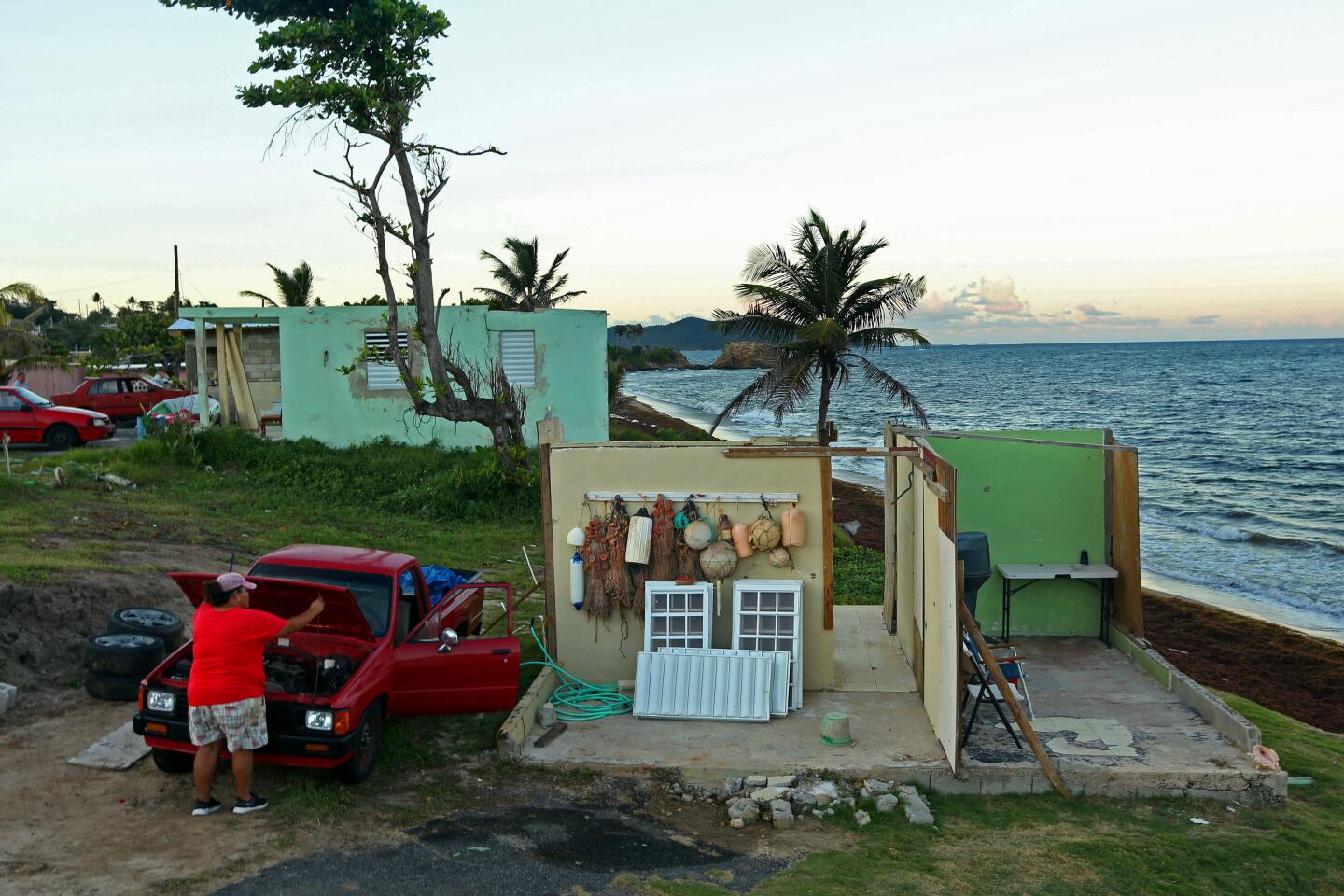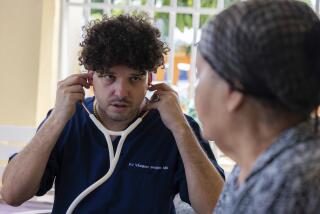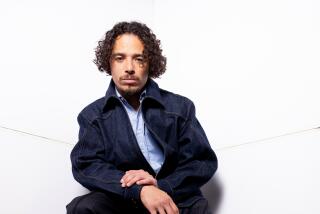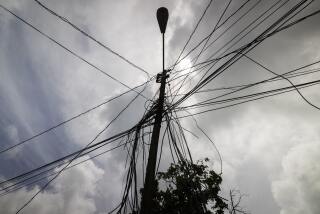Puerto Rico scandal stirs anger and memories of the difficult days after Hurricane Maria
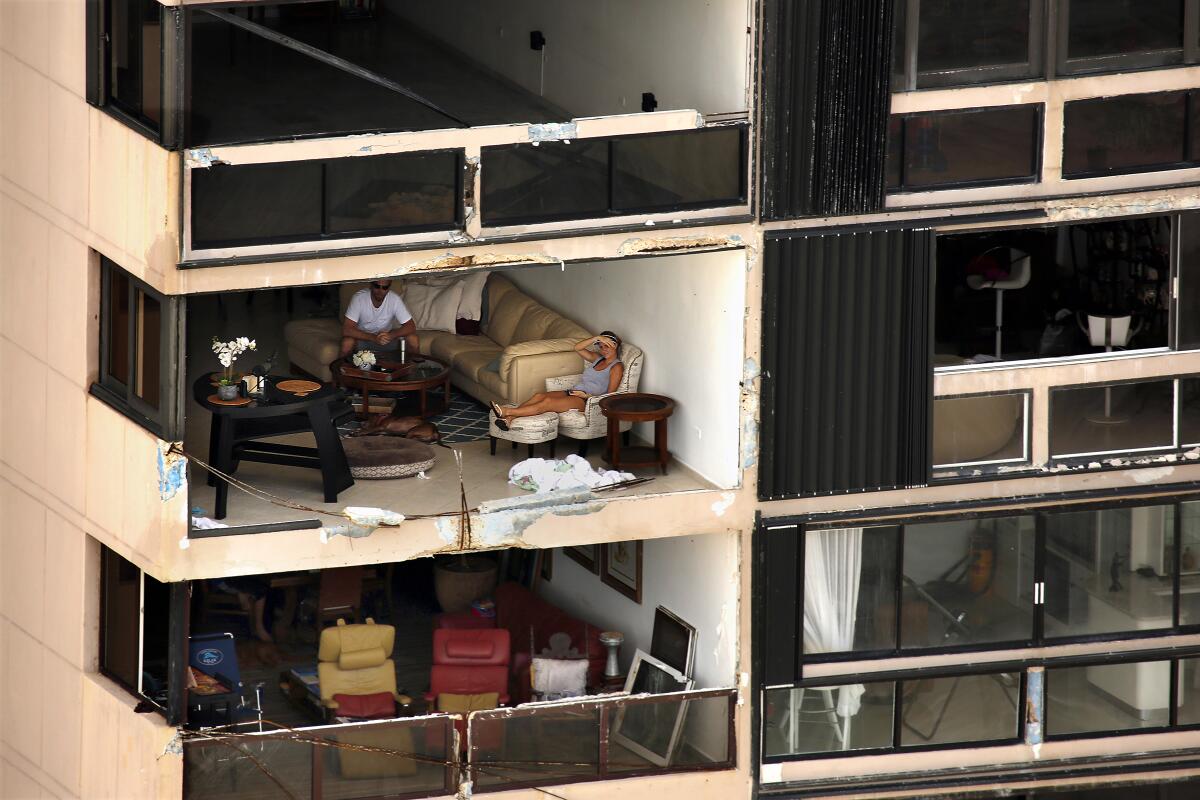
CAROLINA, Puerto Rico — Every night for a week after Hurricane Maria, David Adames sat in the dark inside his funeral home here on the outskirts of San Juan in case another family needed him.
The 46-year-old embalmer posts his cellphone number on a placard near the front door with instructions to call at any hour. But the Category 4 hurricane had knocked out power and cellular service on much of the island, so people would just walk into Funeraria Adames Memorial and tell him where to pick up the dead.
He embalmed 20 bodies that month — more than twice the usual number — and worked at a frantic pace to avoid burning out his gasoline-powered generator or wasting precious fuel. When a nearby hospital fried its generator, it couldn’t keep its mortuary cold and corpses started to rot.
He said families pleaded with him: “Is there anything you can do so we can see her one more time?”
Like Adames — who can close his eyes and flash back to those memories — most Puerto Ricans clearly recall the details from the days after Sept. 20, 2017.
They are reminded each time they drive by the Shell station where they once waited 16 hours for a gallon of gas or whenever they drink a Coca-Cola and remember the stranger who shared a sip of a coveted cold soda back when nobody’s refrigerators were working.
They are reminded when they see homes still using tattered blue tarps for roofing or when they stare at the cracks in the concrete walls of their homes.
And they were reminded of Maria this month when local journalists released a massive trove of leaked group-chat messages between their governor, Ricardo Rossello, and his top aides.
In the group chat, the territory’s former chief financial officer quipped about bodies accumulating in morgues after the storm.
“Now that we are on the subject, don’t we have some cadavers to feed to our crows?” the officer wrote — apparently referring to critics — in a lengthy exchange in which the leaders discussed a shortage of forensic pathologists after the storm.
Puerto Ricans united in disgust.
“The words felt like a deep cut,” said Jesiely Martinez, a 38-year-old computer engineer, who protested with hundreds of thousands of other people in the streets of San Juan — leaving the governor little choice but to resign, as he did last week.
Reading the joke, Martinez said, felt like ripping a still-tender scab from her skin.
The storm shredded the wooden home that belonged to her grandmother, who had to move in with a relative, sparking a cycle of dementia-driven confusion.
“Wait, why am I not in my home?” she often asked, staring at the unfamiliar walls.
“Grandma,” Martinez would tell her, “it was destroyed.”
With $13,000 from the Federal Emergency Management Agency and savings, the family rebuilt a sturdier wood structure, and her grandma returned home in September 2018. Two months later, she died of colon cancer, which Martinez believes would have been detected sooner had the storm not destroyed bridges and roads, making it difficult to get to any major hospital.
“I consider her death as caused by Maria,” she said.
Martinez and many other protesters carried posters that read “4645” — the widely cited estimate here for how many people died as a consequence of the hurricane and its aftermath.
The number, based on a study led by a Harvard researcher, was spray-painted across the walls of San Juan, the capital, after the chat scandal broke, and some protesters used markers to write it on their foreheads. Few people believe the government’s official toll of 2,975.
For Nilsa Fuentes, 51, who also joined the massive protests, the joke about hurricane victims was unforgivable. The dead and their survivors deserve better, she said.
The message took her back to the five months she spent without electricity in her home in Corozal, about 20 miles inland from San Juan, and reminded her of trips she and her husband took to a nearby river to bathe, because their home didn’t have running water. She thought about her husband and the infection he picked up in the river and about her mother’s neighbor, whose corpse started to decompose before it was retrieved from her home.
About an hour east in Canovanas, along a street that snakes up a steep hill, Antonio Castro Villanueva walked around his sparse, two-room home made of concrete. He pointed to a two-foot crack and nodded.
“From the storm,” said Castro, a 62-year-old artist, who chisels petroglyphs to honor the tainos, the indigenous people of the Caribbean. On a recent morning, he picked a handful of leaves from a small shrub in his yard and held them up to the sky and then down to the ground. It’s important to connect with the Earth, he said, to be in contact with those who came before you.
“The ancestors aren’t happy,” he said, referencing the recent group-chat scandal. “We must respect the dead.”
About 15 minutes north in the beach town of Loiza, Alba Ayala spent a recent afternoon on her porch chatting with her cousin, who lives down the street, talking about their memories of Maria.
Ayala, 66, recalled that when she finally walked outside after the storm everything was brown. The wind had sucked leaves from the trees, and a layer of mud was caked everywhere. With another hurricane season now underway, she constantly checks the weather. When weather forecasters mention a storm, she panics and prays.
“My God, not again,” she pleads, before offering a compromise to the Lord: If you must send something, make it a simple storm, not a hurricane.
“We can’t survive another,” she said, pointing at her neighbor’s home, a small peach-colored building with a blue tarp for a roof.
Ayala scoffed at the mention of FEMA, saying the agency’s response, at least in her neighborhood, was too slow and too small. “The first help we got was from Ricky Martin,” she said, noting that the Puerto Rican pop star was one of many people who flocked to her town to offer help.
Among the other volunteers was Gilda G. Garcia, a 75-year-old retired nurse from Carolina who spent the days after the storm asking God to send her the name of a pueblo.
Loiza popped into her mind. When she arrived and asked people what they needed most, they told her Clorox, coffee and camping stoves.
The group-chat messages revived those memories.
“I was furious. I am furious,” Garcia said, adding that a governor should be a serious, respectful person. “Instead he laughs at us. Absurd.”
Ileana Cabra, a singer who goes by iLe, was baffled by the chat messages .
“I don’t even know a word to describe it,” she said. “It’s horrible, it’s cold, and you should be in prison for that.”
The 30-year-old artist, who joined the protests, said many demonstrators are still disgusted by what they view as the government’s deeply inadequate response to the storm. Frustrated by the pace and amount of aid, Cabra said, many people thought the government was being both shady and cold.
The leaked messages only affirmed their suspicions.
“You would expect politicians to come to your side,” said Cabra, who, along with her brother, who goes by Residente, and the artist known as Bad Bunny, released the song that became the anthem of the recent protests.
In “Afilando Los Cuchillos” — “Sharpening The Knives” — Residente raps directly to the governor, telling him: “Your apologies are drowned with rain water in houses that still don’t have a roof. This is so you wake up. This goes for the 4,645 deaths.”
Back at Funeraria Adames Memorial on a recent morning, everything was quiet. No grieving families in the lobby, no deep whirr from a generator.
But Adames said he often thinks about the people he embalmed, most of them elderly men and women who had died after backup generators failed in hospitals or because they couldn’t get certain medicines.
He also thinks back to a call he got in the hours before the center of the storm arrived — it was someone calling to say a relative had died in the town of Trujillo Alto and needed to be picked up. Adames hopped in a van and drove through gale-force winds.
Just as he started to haul the body down a flight of stairs, the electricity cut off. He remembers arriving with the body at the medical examiner’s office in the pounding rain and having to get out to open the gate by hand.
The group-chat scandal took him and so many others back to that time.
Outside the governor’s official residence, known as La Fortaleza, somebody hung up a huge piece of white cloth and asked protesters to write the names of people they lost in the storm.
Irma. Gabriel David. Marta I. Raul Sandoval. Isabel.
Before long, hundreds of names, surrounded by hearts and drawings of birds, filled every inch of the cloth.
Special correspondent Milton Carrero Galarza in San Juan contributed to this report.
More to Read
Sign up for Essential California
The most important California stories and recommendations in your inbox every morning.
You may occasionally receive promotional content from the Los Angeles Times.
